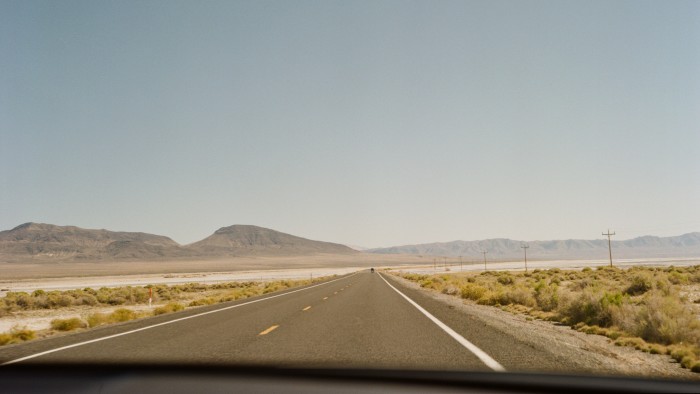Home / Environment / Sage Grouse Fights to Survive as Nevada Embraces Green Power
Sage Grouse Fights to Survive as Nevada Embraces Green Power
10 Nov
Summary
- Planned high-voltage transmission line threatens sage grouse habitat
- Conservationists, tribes, and locals unite to protest the project
- Nevada's "loneliest road" faces industrialization and environmental impact

In October 2025, a photographer and journalist embarked on a journey through Nevada's remote Basin and Range region, where they encountered a brewing conflict over the state's renewable energy ambitions. The focus of the dispute is Greenlink North, a planned high-voltage transmission line that would span 235 miles along the "loneliest road in America," disrupting the habitat of the greater sage grouse, a culturally significant bird.
Conservationists, wildlife groups, Native American tribes, and local residents have united in opposition to the project, fearing it will harm the delicate desert ecosystem. The sage grouse, which is not federally endangered but protected by state-level conservation plans, is seen as a "canary in the coal mine" for the broader environmental impact. Opponents argue that the transmission line and associated solar projects would fragment the sagebrush habitat, disrupt the birds' mating rituals, and provide perches for predators.
Despite the protests, Nevada's largest utility, NV Energy, is pressing ahead with Greenlink North, citing the state's mandate to generate 50% of its electricity from renewable sources by 2030. The utility claims the project is necessary to meet the growing power demands of data centers and other energy-intensive industries. However, many locals feel the project prioritizes urban needs over the preservation of their remote, untamed landscape.
As the battle over Greenlink North unfolds, the greater sage grouse remains at the center of the debate, symbolizing the broader struggle to balance Nevada's renewable energy ambitions with the protection of its fragile desert ecosystems. The outcome of this conflict will shape the future of the state's wild spaces and the communities that depend on them.




